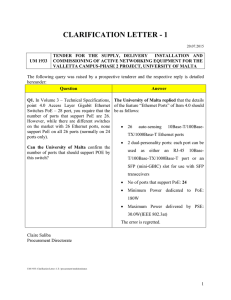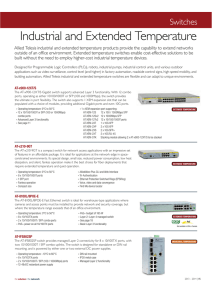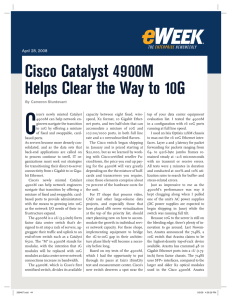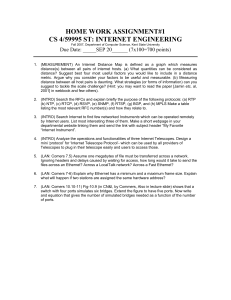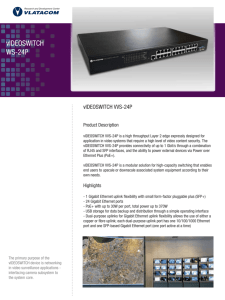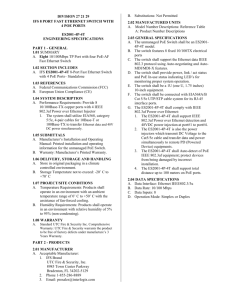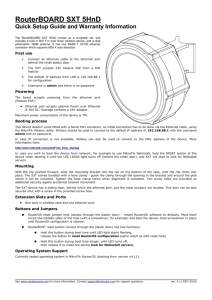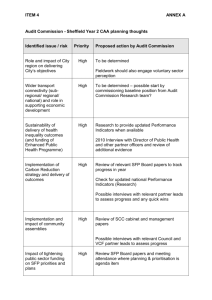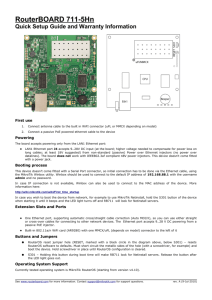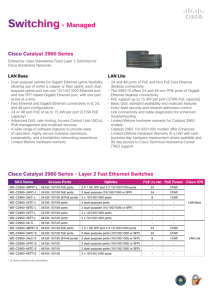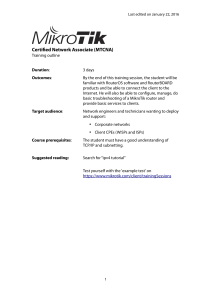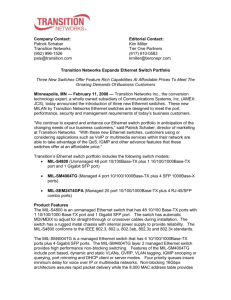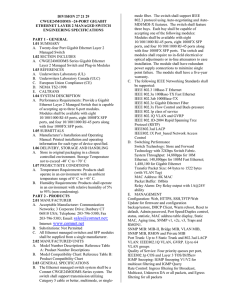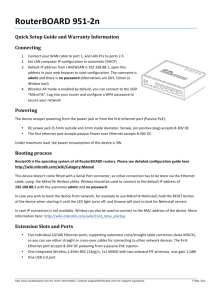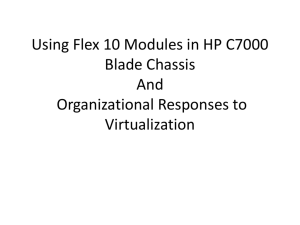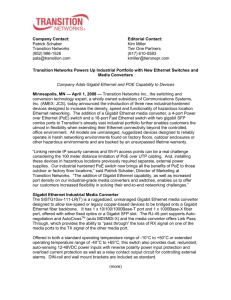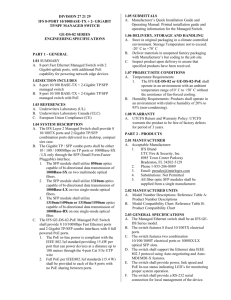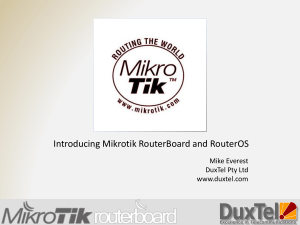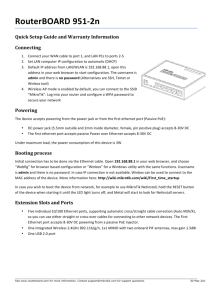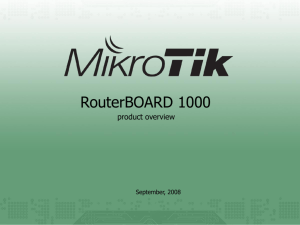Diapositiva 1
advertisement
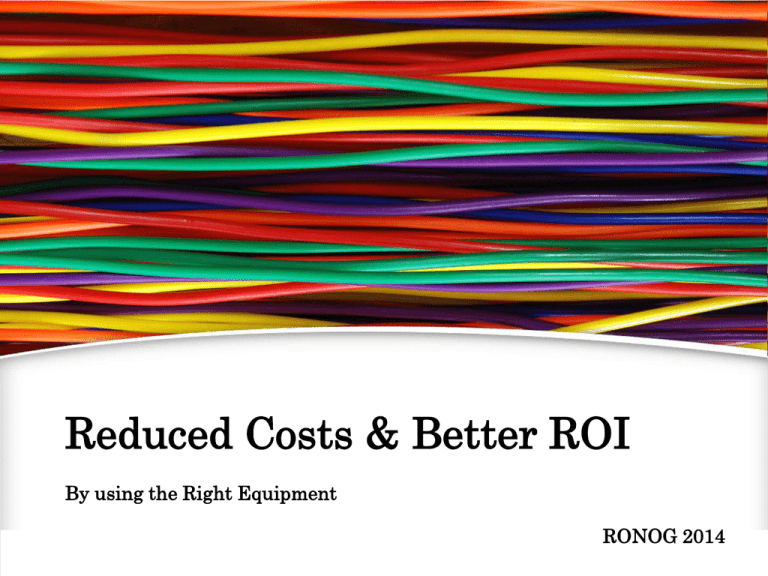
Reduced Costs & Better ROI By using the Right Equipment RONOG 2014 About me Mihai Săftoiu +10 years of experience as a sysadmin & network admin CEO @ TIER Data Center Mikrotik Certified Consultant MTCNA, MTCRE, MTCTCE, MTCWE TIER @ Energotech Group Historical transit pricing Historical transit pricing Is there a pattern? Customers want: Resulting in: More services Increased service complexity Better services Increased operational costs Lower prices Lower margins More bandwidth A higher depreciation of technology Something to think about EVERY equipment vendor will state that their solution will Decrease service complexity Reduce operational costs Somehow it will allow for higher sales margins Has a lower depreciation value than other solutions We have a new and amazing team player Routing the world? They must be crazy... How about 10G to the „average” customer edge? CRS210-8G-2S+IN What was that... thing? CPU Qualcomm Atheros 8519 400MHz Memory DDR2 64MB Ethernet 8x 10/100/1000 Mbit/s Gigabit Ethernet with Auto-MDI/X SFP 2x 10G SFP+ cage (Mini-GBIC; SFP+ module not included), DDMI support. Storage 128MB Onboard NAND with multiple OS partition support Serial port One RJ45 serial port Extras Reset switch; beeper; voltage and temperature monitoring, touchscreen LCD Power options 10-57V, 24V 0.8A PSU included, PoE in: 10-57V on Ether1 (802.3af/at or passive PoE) Power consumption 13W Case dimensions 200x144x47mm Temperature -35C to +65C tested OS MikroTik RouterOS v6, Level 5 license Included CRS switch, power adapter And what does it do? Actually, everything. It's a switch, a router, a traffic shaper, a layer7 firewall (and much more) or even all of them at the same time. All ports are independent. Almost all switching technologies you can think of are supported and it can even act as multiple independent switches. All ports can be connected in any configuration the user desires. For wirespeed traffic switching mode (not bridging) must be used. Anything else? It supports all routing protocols - static, RIP, OSPF, BGP. It supports BFD. It supports MPLS, VPLS, BGP VPLS, Cisco BGP VPLS. It supports VRFs. It supports IPSec, all open source types of tunnels and a few other proprietary solutions. It supports multi-level firewalling: At switch level At bridge level At VLAN level At tunnel level (PPPoE) Classic filter level And at Layer 7, of course And much, much more... Is it difficult to manage? I'm used to the CLI RouterOS can be fully managed in many ways. Actually, it's up to you to decide what you prefer. You can manage it by: Winbox Browser (Webfig) Browser-SSL Telnet Ssh API MAC address Or you can do it even from your phone. How is it licensed? Simple, you get everything once you buy it. Where are we at now? 2x 10G ports 8x 1G ethernet ports 1x console port 1x POE Fully licensed for EVERYTHING Fully managed, at customer premises Fully compatible with my existing infrastructure Ready to serve customers' demand and meet his expectations at reduced costs So, how is it priced? Get ready for this... 229$ no, I didn't miss any trailing zeroes... 10G to your customer today with a high ROI. E-mail: sales@tier.ro Phone: +4 0723-197-754
